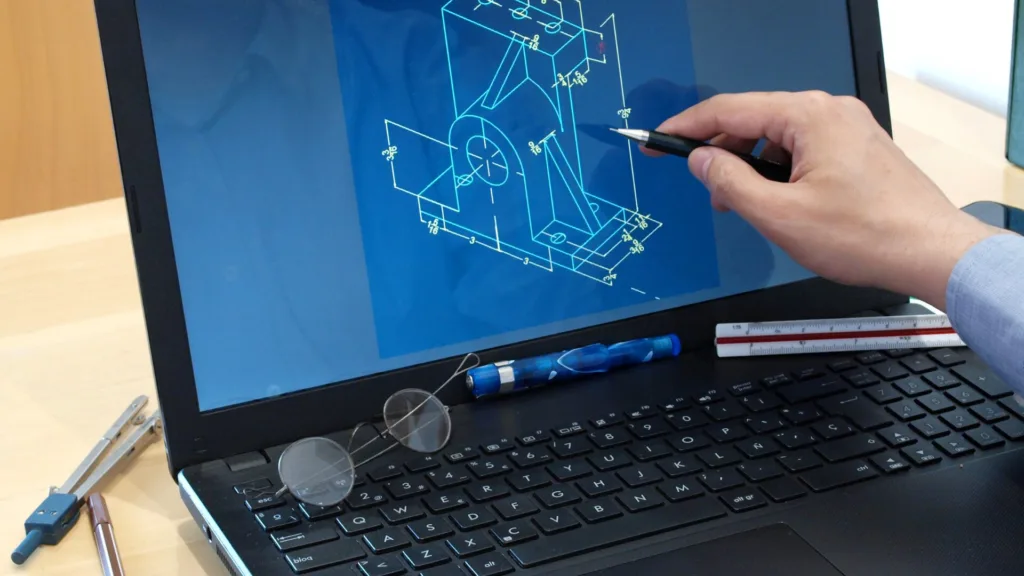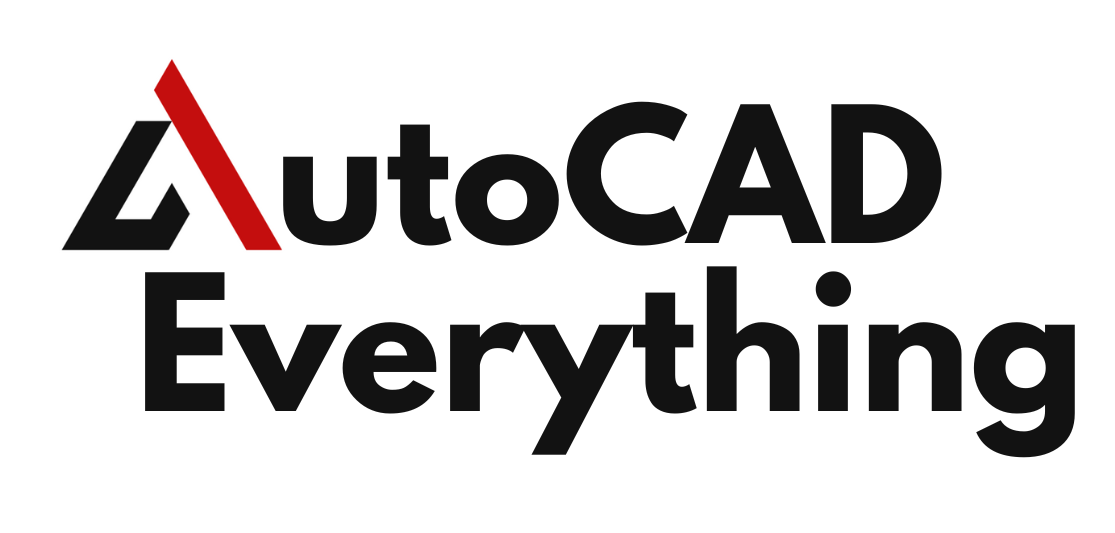In the realm of inside plan and engineering, CAD (computer aided design) assumes a critical part in changing imaginative ideas into unmistakable, obvious spaces. Washroom computer aided design records, specifically, act as fundamental apparatuses for fashioners, modelers, and producers engaged with the preparation, representation, and execution of restroom spaces.
Here are some common bathroom CAD blocks which you can use in your design after downloading
List of Bathroom CAD Blocks
- Shower CAD blocks
- Washbasin CAD blocks
- Urinal CAD blocks
- Bath tub CAD blocks
- Bathroom mirrors CAD blocks
- Bathroom Taps CAD blocks
- Bathroom Fittings CAD blocks
- Toilet CAD blocks
Frequently Asked Questions
Q1: What are CAD Blocks?
CAD Blocks are pre-drawn, reusable 2D or 3D portrayals of items regularly utilized in CAD (computer aided design) programming. These blocks can go from furniture and installations to images and design components.
Q2: What functions do CAD Blocks play in design?
CAD Blocks improve on the plan cycle by giving instant portrayals of articles. These blocks can be inserted into drawings by designers, saving them time and ensuring that standard elements are depicted consistently.
Q3: In which businesses are computer aided design Blocks regularly used?
CAD Blocks track down applications across different businesses, including design, designing, inside plan, and assembling. They are useful tools that professionals in these fields can use to make precise and detailed drawings.
Q4: Might I at any point tweak computer aided design Blocks to accommodate my particular plan requirements?
Indeed, numerous computer aided design Blocks are adjustable. Architects can adjust the scale, size, and different properties of the blocks to suit the prerequisites of their specific plan project.
Q5: Where might I at any point track down computer aided design Blocks?
Online libraries, CAD software repositories, and manufacturer websites all contain CAD Blocks. Various sites offer both free and paid computer aided design Blocks for download.

Q6: What record designs are CAD Blocks accessible in?
CAD Blocks are generally accessible in standard arrangements like DWG (Drawing), DXF (Drawing Exchange Format), and once in a while in different configurations viable with explicit computer aided design programming.
Q7: How do I add CAD Blocks to my drawing?
To embed a computer aided design Block, open your attracting computer aided design programming, utilize the “Supplement” or “Import” order, select the ideal computer aided design Block document, and position it inside your drawing. Change its scale and direction depending on the situation.
Q8: Are computer aided design Blocks just accessible in 2D, or could they at any point be 3D as well?
Computer aided design Blocks exist in both 2D and 3D arrangements. While 2D blocks are mostly used for floor plans and elevations, 3D blocks are used for three-dimensional modeling and offer a more complete representation of objects.
Q9: When using CAD Blocks, are copyright considerations taken into account?
Indeed, there can be copyright contemplations. Some computer aided design Blocks are liable to copyright, particularly in the event that they are exclusive or have explicit utilization limitations. Continuously check and consent to the authorizing terms related with the computer aided design Blocks you use.
Q10: Might I at any point make my own computer aided design Blocks?
Indeed, you can make your own computer aided design Blocks. Users can define and save their drawings as blocks in the majority of CAD software for later use. This is especially helpful when designing with elements that you use a lot.
Q11: Are there principles for naming and coordinating computer aided design Blocks?
While there may not be general guidelines, it’s fitting to lay out a steady naming and coordinating show for computer aided design Blocks inside your undertakings. This smoothes out the plan interaction and guarantees simple recovery of explicit blocks.
Q12: How do CAD Blocks improve design workflow efficiency?
Computer aided design Blocks improve effectiveness by giving a library of normalized components. These blocks can be quickly inserted by designers, allowing them to maintain a consistent visual style throughout their projects and save time on repetitive drawing tasks.
Also Read- Best Mouse for CAD

